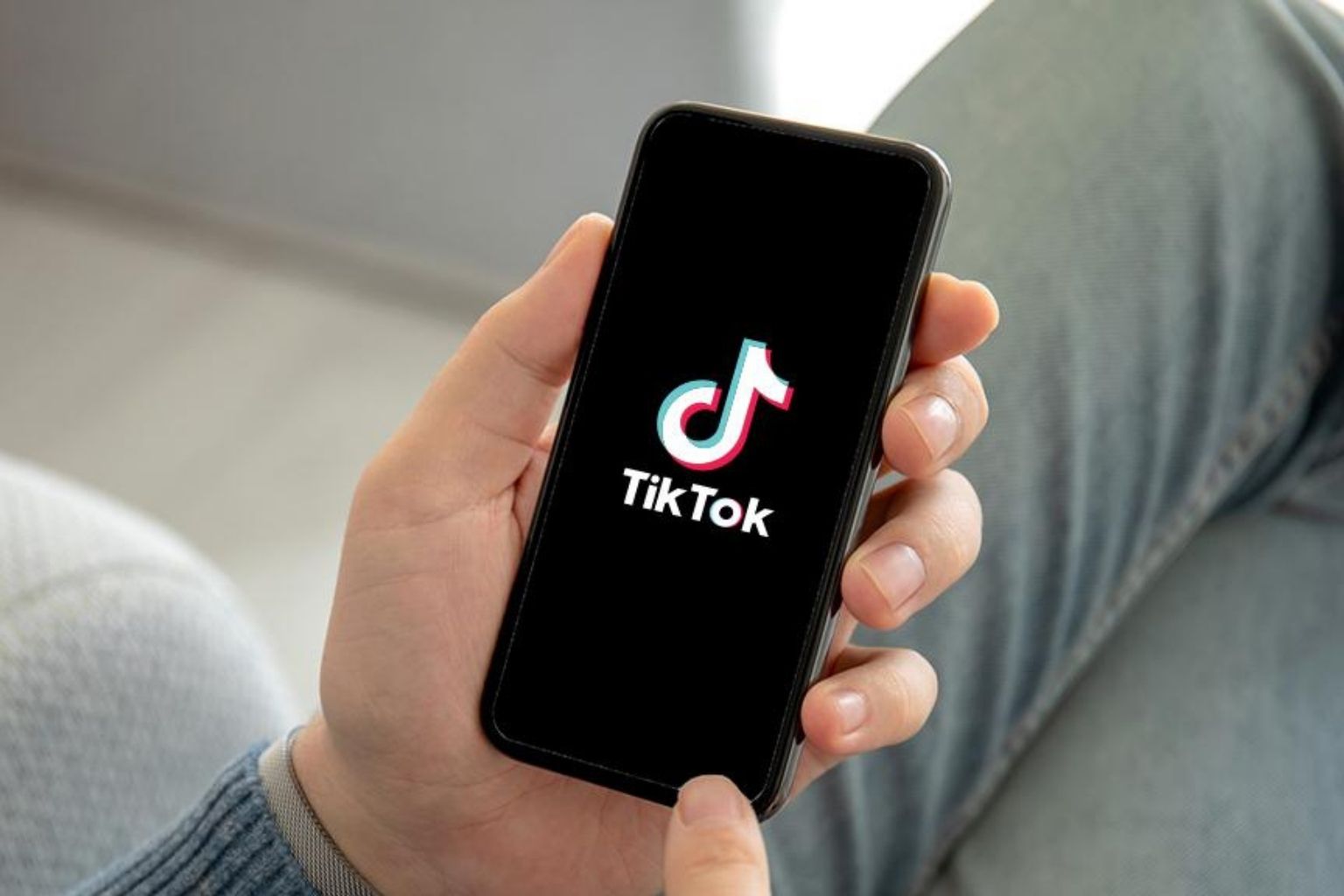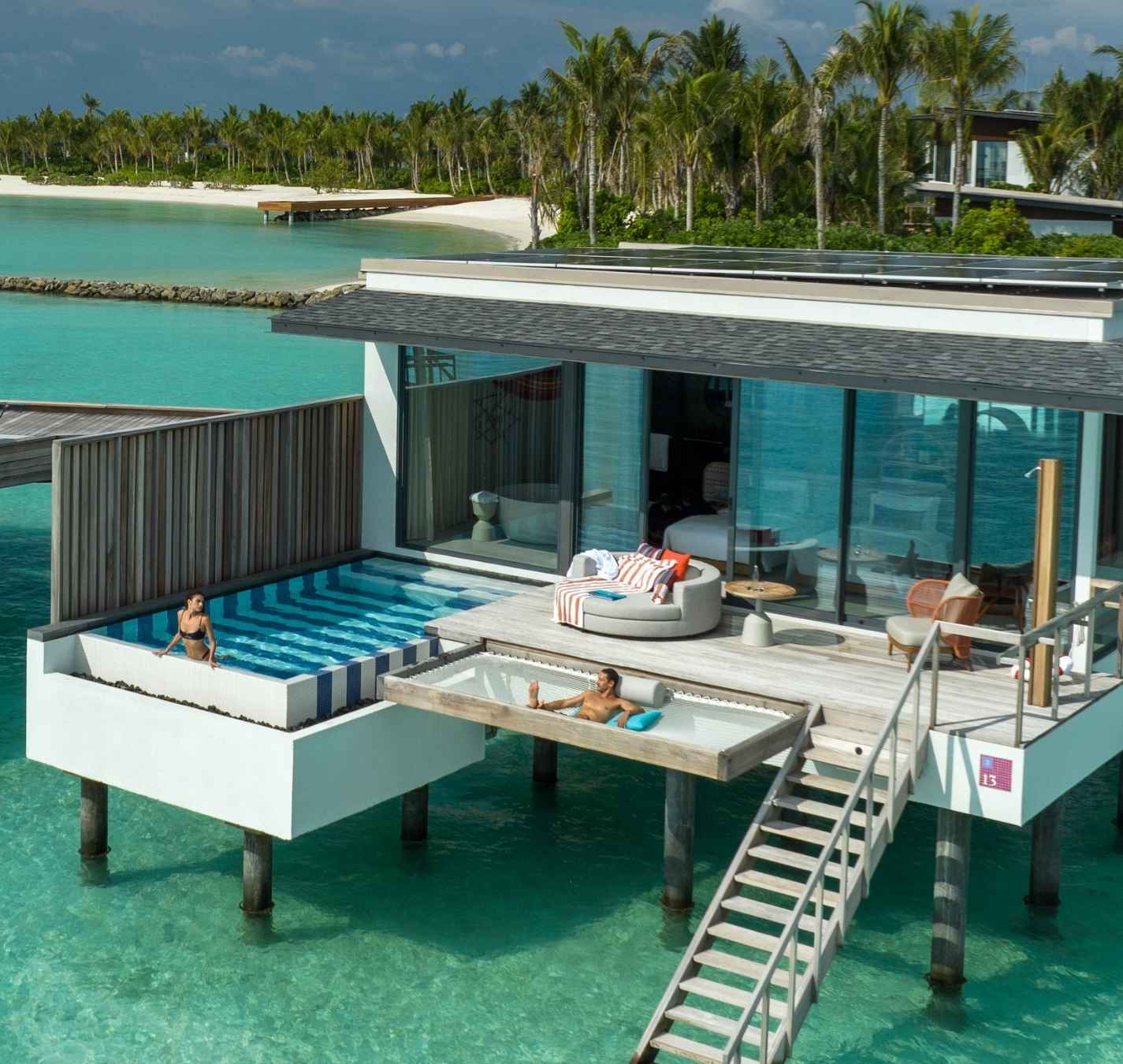In January 2025, TikTok faced significant challenges in the United States due to national security concerns over its Chinese parent company, ByteDance. The Supreme Court upheld a law passed in April 2024, with bipartisan support in Congress, that prohibits American companies from hosting or serving content for the Chinese-owned platform unless it sells its operations to a U.S. or allied entity. The law required ByteDance to divest its U.S. operations by January 19 or face a nationwide ban.
TikTok Shuts Down as Deadline Approaches
As the deadline approached, ByteDance refused to sell, and TikTok went dark on January 18, making the app inaccessible to its 170 million American users. TikTok greeted users with a message stating, “You can’t use TikTok for now” due to a “law banning TikTok” set to take effect soon. This move sparked widespread reactions from celebrities, influencers, and business leaders, who expressed concerns over free speech and the impact on digital communities.
The nationwide ban took effect on January 19, barring internet service providers and app stores from offering the ultra-popular social media platform. Despite this, by the afternoon of January 19, some users reported that the app had started working again, just over 12 hours after service had suspended. TikTok tweeted that it was “in the process of restoring service” and thanked President Donald Trump for “providing the necessary clarity and assurance to our service providers that they will face no penalties.” The company confirmed that it would work with President Donald Trump on a long-term solution to keep the app in the U.S.
President Trump’s Intervention and the Path Forward
In response to the shutdown, President Donald Trump announced plans to sign an executive order on January 19 to delay the ban, calling for a joint venture that would grant the U.S. a 50% ownership stake in TikTok. He also urged tech companies to prevent TikTok from “going dark,” vowing “no liability” for firms that acted before his order. TikTok began restoring its services shortly after President Donald Trump’s announcement, with the app returning for many users by midday.
Following his inauguration on January 20, President Donald Trump took immediate action and signed an executive order halting the TikTok ban for 75 days. The order aimed to “permit my Administration an opportunity to determine the appropriate course of action with respect to TikTok” and followed his earlier suggestion that ByteDance shift the platform to a joint venture at least 50% controlled by U.S. interests. President Donald Trump emphasized the importance of securing a deal that would safeguard national security while keeping TikTok operational for American users.
Despite the restoration, securing TikTok’s long-term future in the U.S. remains uncertain. While many users were relieved to regain access, concerns over data privacy and the app’s ties to China persist. The situation highlights the complex relationship between technology, national security, and user rights in the digital age.
Feature Image via Fox Business









